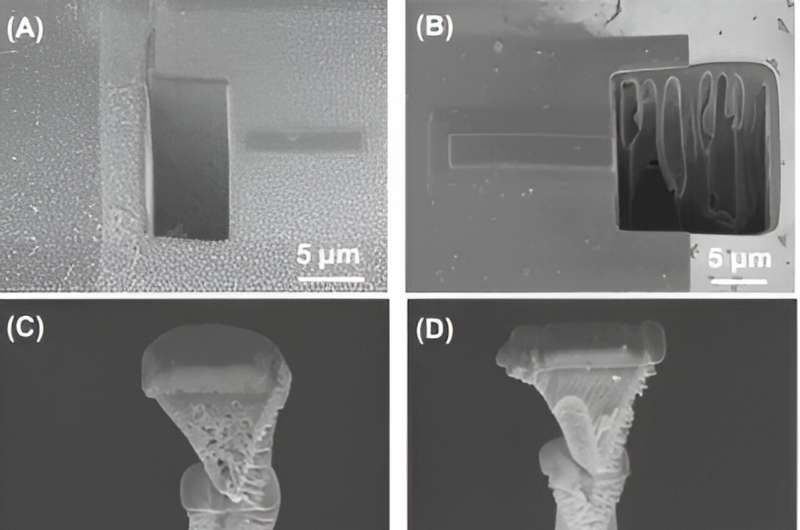This article has been reviewed according to Science X's editorial process and policies. Editors have highlighted the following attributes while ensuring the content's credibility:
fact-checked
peer-reviewed publication
trusted source
proofread
Greater access to clean water, thanks to a better membrane

Water scarcity around the world is a bigger problem than ever, and desalination is critical to solving it. The best available technologies for separating salt from seawater, though, are costly and require a great deal of maintenance.
A team of researchers has now developed a durable and cost-efficient filtering membrane that could increase the number of people across the globe getting clean, safe water. The results of their work, from the lab of Prof. Menachem Elimelech in collaboration with Nanjing University of Science & Technology, are published in Science.
Reverse osmosis—a system that purifies water by pushing it through a very fine semi-permeable membrane—has been increasingly used to provide safe and clean drinking water to areas of the world where it's most needed. The most commonly used membranes are made from polyamide, a polymer that offers excellent water permeability and salt rejection. But these membranes are also delicate and susceptible to "biofouling," when a bacterial biofilm grows on the surface and blocks the membranes' passages.
Chlorine can be used to prevent membrane biofouling, but it can also deteriorate the polyamide films. To overcome these limitations, the industry has widely adopted a series of costly pretreatment steps.
With an innovative material design, the Yale and Nanjing researchers have developed a reverse osmosis membrane that not only desalinates water but is also resistant to chlorine as well as fouling. Rather than using the industry gold standard of polyamide to develop these membranes, the researchers instead used polyester.
The choice of material is critical, as this polyester membrane allows for substantial water permeability, has a high rejection for sodium chloride and boron, and a complete resistance toward chlorine. The ultrasmooth, low-energy surface of the membrane also outdoes polyamide membranes in preventing fouling and mineral scaling.
Further, the team designed the membranes so that they could be easily adopted by the industry.
"The fabrication process of the polyester membrane is similar to state-of-the-art polyamide membranes, so existing industrial production lines could potentially be adapted to quickly scale-up manufacturing," said Elimelech, the Sterling Professor of Chemical and Environmental Engineering.
Prof. Xuan Zhang of Nanjing University of Science & Technology, China said that after optimizing the design, their membranes could eventually outperform today's polyamide membranes in their levels of water-salt selectivity, offering a path to considerably reducing pretreatment steps in desalination.
They also noted that as water scarcity has increasingly become a problem around the globe, new desalination technologies are needed, and the one they've developed avoids many of the challenges that current systems face.
"Advanced membranes with resistance toward fouling and scaling hold immense promise for increasing freshwater access to those who need it," said co-author Ryan DuChanois, a former Ph.D. student in Elimelech's lab and now postdoctoral associate at Rice University.
More information: Yujian Yao et al, More resilient polyester membranes for high-performance reverse osmosis desalination, Science (2024). DOI: 10.1126/science.adk0632

















